October 20, 2019
An Open Letter to Parents, Educators, and Educational Administrators

The pursuit of equity could be characterized as the most central goal of public education – providing to all the benefits of skill, knowledge, and experience once reserved for those who could afford it.
The pursuit of equity and fairness should also be the principal goal of gifted education. Every demographic group of students in schools having equal potential, if education is equitably distributed, it should be possible to equitably develop the talents of all groups.
Equity should be pursued by identifying excellence in education, and then by providing that excellence to those who don’t have access. Its pursuit should be measured, so that we know where we are making progress, and where we need to create increased access.
From the perspective of early childhood forward, general education is a sequence of opportunities with increasingly complex intellectual demands that build on previous skills and knowledge. These are geared toward the capabilities most students start off with in Kindergarten, and increase at a pace aligned with typical human development.
General education would work well if all students were the same, but they are not. Just as the pace and complexity of grade-level education is inappropriate for some students with learning disabilities, for gifted students school often moves too slowly, causing them to lose motivation, focus, and attention. Though it may seem counterintuitive to give additional opportunities to students who start off with more knowledge or skill than their grade-level peers, appropriate gifted education adjusts for the knowledge students already have and increases challenge so that these students stay interested and motivated, learn to work hard, and come to enjoy productivity – something general education is geared well to do for most.
Thinking backward from graduation, general education is a sequence of opportunities for students to develop readiness to meet their adult potential: as citizens, as professionals, and as college students. For students who have learned something new every day, seen the impact of the work of their minds, and taken challenging coursework in middle and high school, successful professional, academic, and civic life awaits!
However, for those lacking opportunity and access, outcomes are not assured. Students only spend about 16% of their school-age lives in school and socioeconomic factors such as parental education and income can limit the amount of exposure to school-type knowledge students receive in the other 84%. Martinez/Yazzie v. State of New Mexico found that schools do not do enough to close the gap for students with low income, English language learners, students of color, and students with disabilities.
For gifted students with factors limiting their previous opportunities or experience, gifted education can offer the thinking skills and advanced knowledge to close the gap between them and intelligent students who come from more advantaged circumstances, leveling the playing field for college and professional life. However, these services can only be offered if students are identified and special gap-closing services are provided.
To level the playing field, it has become evident that we must pay special attention to the way that we identify and serve disadvantaged groups, including disadvantaged gifted students. A 2019 report by Peters et al. suggests several measures are important to this effort: nominating and assessing large numbers of students, using local and group-specific norms, having multiple paths into gifted education (such as those focused on just one domain of ability), building a teaching workforce that looks like the student population, and proactively equalizing opportunity. According to VanTassel-Baska, Plucker and Peters, gifted students from disadvantaged and minority groups who are taught high-level thinking skills using complex, culturally relevant content can become independent and successful in advanced coursework, especially if they have explicit ramp-up opportunities, counseling, and help with school transitions.
In 2018, the New Mexico Association for the Gifted proposed changes to the official Technical Assistance Manual from the Public Education Department with an eye toward increasing equity, with current best-practice recommendations for identification and service. The proposed revisions included a chapter specifically devoted to special (often disadvantaged) populations, an increased focus on serving advanced students prior to formal identification, and best practices around generating equity in identification. A recently released revision of that document not only excludes the chapter on special populations, but decreases the focus on equity.
A word count searching for a range of terms related to equity and disadvantaged, minority, or at-risk populations (including race, culture, African American, Hispanic, Latin (o,a,x), Native American, GLBTQ, poverty, socioeconomic, twice exceptional, disability, disadvantage, English Language (learner), at-risk, bias, underachievement, subgroup, equity), reveals that the new edition pays less attention to the subject than either the previous 2011 edition or the 2018 draft. The new edition has 38% fewer word-mentions around equity than the 2011 edition (50 vs. 80). It contains 87% fewer uses of those same words than NMAG’s 2018 draft, which had 386. Not mentioned at all in the new edition are the terms African American, Hispanic, Latin (o,a,x), GLBTQ, Twice Exceptional, or subgroup. Native American students’ needs are never treated upon. Equity is never framed as a goal.
A recent report from the Jack Kent Cooke Foundation shows how advanced educational outcomes skew based on opportunity across our nation. The city of New York has recently been in the news for a proposal to eliminate gifted education, specifically because the programs served mostly to enrich and develop the talents of those with advantages. The state of New Mexico should not be advancing down a path away from focus on equity, in gifted education or any other part of school.
We should pursue equity aggressively in New Mexico, in all parts of school, including gifted education. We should actively search for every gifted student in every subgroup. We should look to the outcomes of high-socioeconomic schools with 10-20% of their students identified as gifted, many of which received high marks under the previous school grading system, and take those practices and outcomes to schools with students who enjoy fewer advantages.
And finally, we should measure our outcomes. A Lamb et al. 2019 report examines what would happen if we held ourselves up to what is called the 20% equity allowance rule, used in some Federal District Court cases to examine disparity in gifted education. Under that rule, the number of students in groups such as our Hispanic/Latinx, English Language Learner, and low-income students in gifted education should differ by no more than 20% from the size of that population in schools. It concludes that metric could be applied, at least in larger school districts, to effectively evaluate equity.
The New Mexico Association for the Gifted challenges the educational leadership of New Mexico to join us, pursuing equity for all of our gifted students.
Imagine what New Mexico would be like if the talents of all of our demographic groups were developed equitably. Imagine what could happen if we made the dream of public education come true.
Executive Board
New Mexico Association for the Gifted
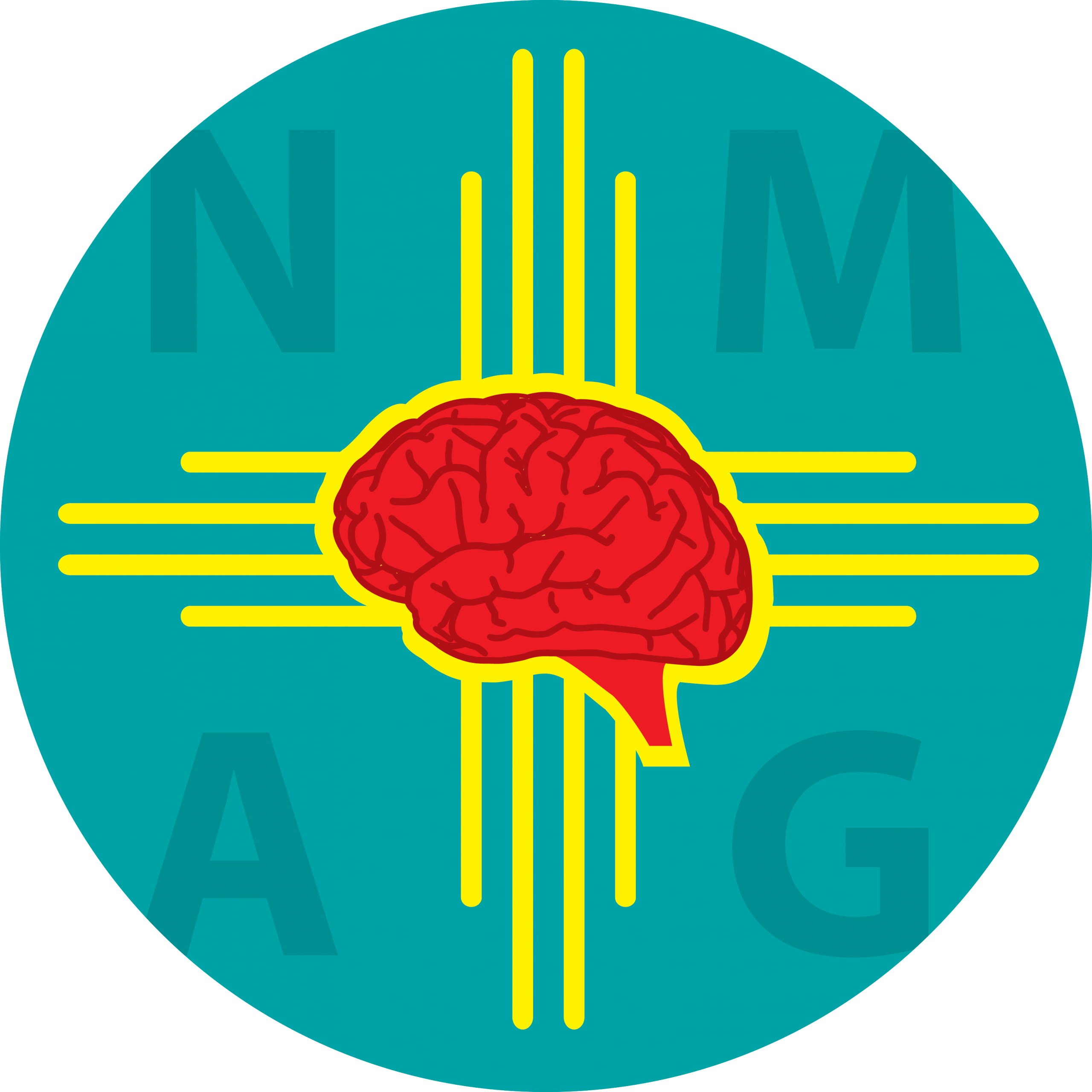

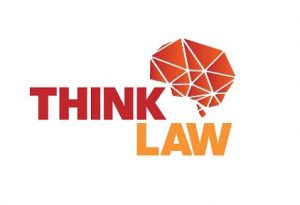
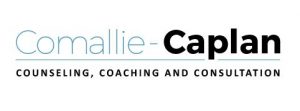
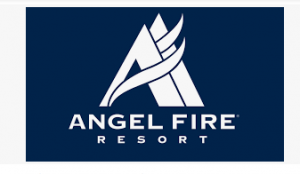
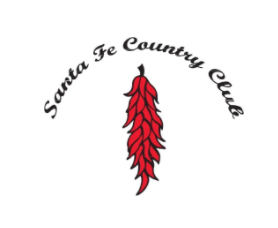
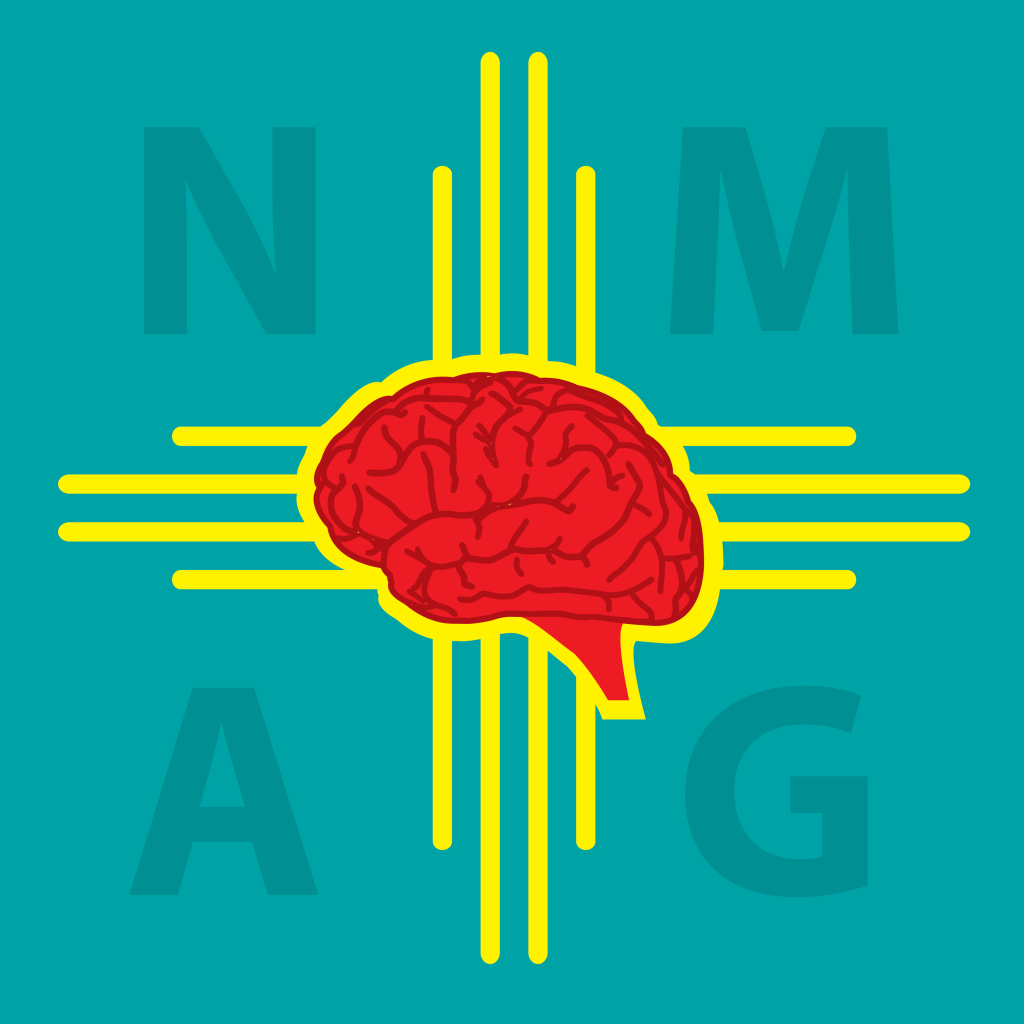
Recent Comments